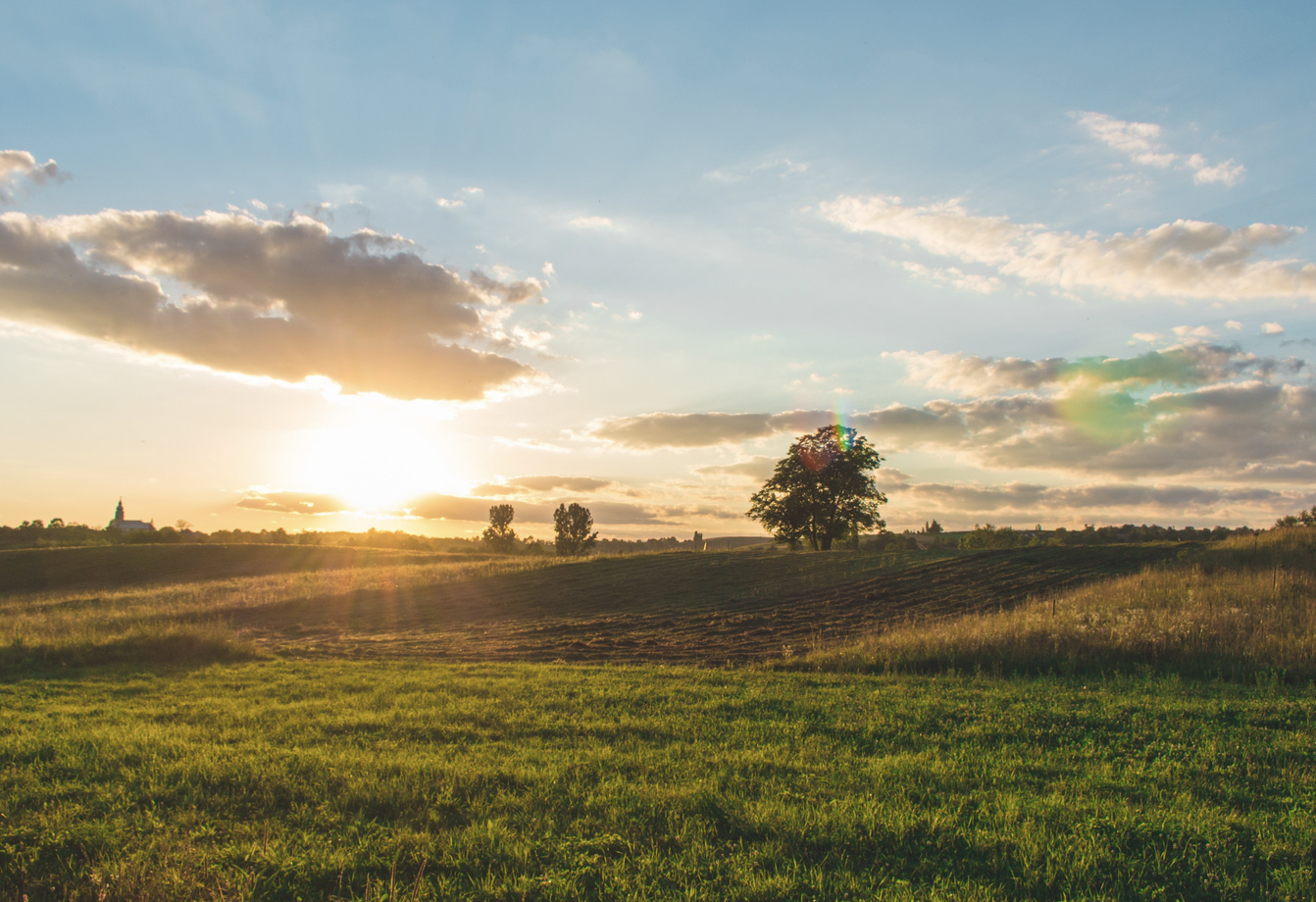There are around 3.2M ha of woodland in the UK. This is set to increase substantially over the coming years due to a range of policy, social, environmental and commercial drivers, including Net Zero, Biodiversity Net Gain, ELMs, Local nature recovery plans and carbon trading.

As custodians of the landscape all farmers have responsibility to the wildlife and nature on their farms.
There are many networks, organisations, advisors and initiatives seeking to help farmers enhance wildlife and biodiversity.
Increasingly this is being supported by Defra through ELMS and Local Nature Recovery schemes
Recommended Content
Content below is from across the PEP community and is not necessarily endorsed by Stewards or by PEP
Connected Content
GWCT is a leading UK charity conducting conservation science to enhance the British countryside for public benefit.
The government’s adviser for the natural environment in England. We help to protect and restore our natural world.
This book examines, discusses and shares over 30 years’ worth of research from the Allerton Proje
A free to use online data hub building on the Catchment Based Approach (CaBA) data package providing spatially relevant local information to farmers, land managers and advisors.
Rewilding is an approach to restoring biodiversity and ecosystem health by working towards returning habitats back to their natural state. Rewilding is commonly misrepresented as the reintroduction of large and glamorous wild animals and the removal of people and human activity from the landscape, but this is very rarely the case.
Ahead of COP27 in Egypt, Countryside COP will once again be held in October to allow the rural community to come together and showcase the opportunities available and the contribution already being made to reach Net Zero.
A new Field Lab from Innovative Farmers investigating how farmers can better harness the power of flowers to fight pests.
Introducing Naturestimeline and Tony William Powell. Benchmarking Birds. A Freelance Contractor offering clients bespoke Avian conservation monitoring projects.
LEAF (Linking Environment And Farming) is the leading charity organisation delivering more sustainable food and farming. They work with farmers, the food industry, scientists and consumers, to inspire and enable sustainable farming that is prosperous, enriches the environment and engages local communities.
ADAS Natural Solutions brings together various in-house services to deliver a bespoke solutions based on the requirements of your business. Whether you are looking to increase your biodiversity or achieve net zero, our dedicated team can work with you to create, restore and manage both natural and modified ecosystems.
If you are a farmer seeking extra revenue for good environmental work on your land, we could help you to access funds.
Land of Plenty is WWF's blueprint for how the agriculture and land use sectors in the UK can help fight climate change and bring nature back to life.
Where does rewilding sit in the future of food and agriculture? Rewilding is a contested term, described by some as laying a foundation for global biodiversity restoration and by others as a threat to human and non-human life in the countryside. This explainer explores how and why people disagree about rewilding, compares its various definitions, and considers how the rewilding debate ties in with different visions for the future of food.
TALISMAN and SCARAB were long-term projects developed to follow on from issues raised in the Boxworth project. TALISMAN focused on the economic issues of reducing pesticide and fertiliser use, whilst SCARAB examined the ecological side-effects of pesticides.
This piece is a brief summary of the TABLE Explainer Rewilding and its implications for agriculture and aims to illuminate key debates surrounding rewilding.
This book examines, discusses and shares over 30 years’ worth of research from the Allerton Project, a research and demonstration farm in the UK which has been carrying out applied interdisciplinary research to explore and explain the need to adapt the management of farmland for environmental protection and to provide public benefits.
Scientific paper by Andrew Balmford & colleagues in 2012 published in Proceedings of the
Help us collate the knowledge sources, organisations and initiatives out there that are seeking to improve the farmed environment
Farming is intricately connected to the environment in various ways. The relationship between agriculture and the environment is a critical aspect of modern farming practices. Please share information, resources, tools and experiences on the multifaceted dimensions of how farming intersects with the environment.
Biodiversity encompasses all the variety of life on Earth from genes to species, populations, communities and ecosystems. In ecological and environmental sectors, we mostly refer to the biodiversity of plant and animal communities within particular habitats.
FABulous Farmers is a European project supporting farmers in the transition to more agroecological practices on their farms. Soil Association are delivering activity in 3 UK pilot regions – South West England, West Midlands and Wales, with the National Trust leading activity in the East England. The project aims to reduce reliance on external inputs, like chemical fertilisers and pesticides, by encouraging the use of methods and interventions that increase the farm’s Functional AgroBiodiversity (FAB). These are targeted measures of biodiversity in and around the field to improve pollination, pest management, soil and water quality on the farmland.
The concept of Biodiversity Net Gain (BNG) is an important component of the UK Government's ambitions to reverse biodiversity loss. It provides a framework for ensuring that development and land management activities leave habitats in a measurably better state than beforehand.
Green Alliance is an independent think tank and charity focused on ambitious leadership for the environment.
Natural England provides an exciting opportunity for the farming community to decide the future for sustainable food production and thriving nature. In Birmingham on 28 November.
The founder and chairman of Environment Bank, Professor David Hill, recently sat down with New Scientist to discuss the future of farming and food. The interview explores how changing approaches to agriculture are essential in preserving the ‘natural capital’ of global biodiversity and prosperity for farmers.
The delicate balance between food production and biodiversity preservation is one of the most critical challenges facing humanity. As the global population keeps growing, demands for food have increased substantially, leading to intensifying agricultural practices to boost yields. However, as we outline in this Issue Brief, this intensification can massively impact biodiversity and the environment - negatively and positively.
Registration open for our 2024 symposium, connecting science and practice communities to create a roadmap for the future of UK landscapes.
Our climate is changing and on-farm action is urgently needed. As a farmer-led UK-wide network, we (NFFN) know business as usual is not an option.

